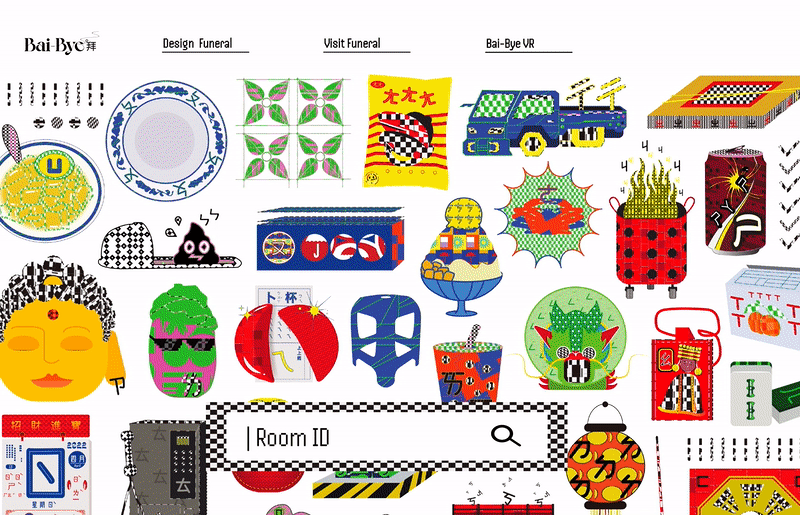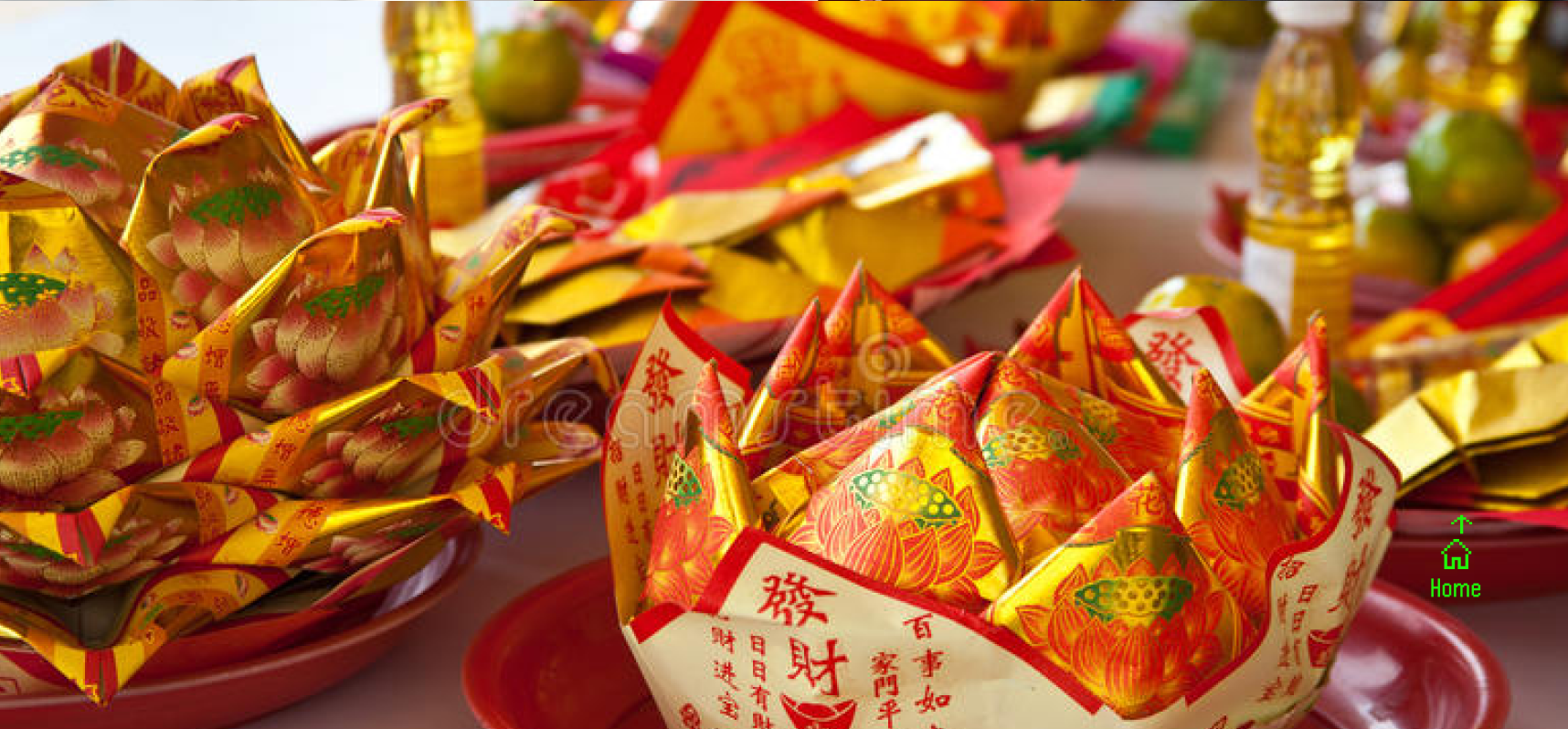
Bai-Bye
VR memory reenactment
I am using design as a tool to communicate the collective memory of Taiwanese culture. Can the connotation of a specific color or shape give rise to our memory of the humid summer night market buzz? Can the motion of the light’s glow remind people of the ten-days Mazu pilgrimage they walked along? Can a VR immersive experience let viewers understand the surreal charm and depth of our funeral ceremony?
This VR game, Bai-Bye, took place during my grandpa's passing and inspired this documentation process of both mundane and extraordinary details in the Taiwanese funeral ceremony. The goal of this project is not to create complete reenactments of funeral scenes. Instead, it is to give participants a point of common ground that sparks their memory to reflect on personal experience.
Many funerals in Taiwan will be led by a Daoist monk, whose main tool is a book of scriptures for each participant and his wooden fish drum that he plays a beat to lead the chanting rhythm. In this game, the player is equipped with a traditional wooden drum and drumstick; using real hand motions, they can play the instrument in VR. In the opening scene, golden paper that we burn in funeral tradition is visible floating through the air, surrounding the player with Taiwanese funeral motifs. After crossing the Naihe bridge that transports people into the afterlife, you are invited to my grandpa’s paper house and the welcoming party for his arrival.
Using my artistic style of surrealism, I modified the design of traditional funeral cultural specimens to transform familiar objects into modern iterations. By tapping into cultural design color palettes and patterns, I am generating a collection of modern vernacular Taiwanese identity designs that structure my book: Taiwan Gospel.









The audience will walk into a museum-style empty display room. Hanging from the ceiling scattered in random clusters will be old-fashioned bulky TVs that display the clips from my father's narration of each story in Mandarin. There will be a speaker system for surround sound ambiance that plays a track of ocean waves, propaganda loudspeaker recordings, and the sounds of missiles overhead and explosions in the distance. This is the first layer of reality.
The guests will use AR to explore a second layer of the exhibition which is my imagination of how these objects will all exist in a surreal, floating space that allows them to be engaged with the viewer's screen. In the AR layer, my father's stories will be enhanced with a burst of text that visualizes when he speaks a keyword that has a preplanned typography prepared to accompany the story and provide background detail or emphasis on topics. As the users walk, sisal plants continue to grow at high speed, filling the spaces around each person with more and more spiky plants. The floating objects, like an ear, will emerge from the corners in imaginary waves, giving time for each item to be examined by the viewer, clicking or selecting the objects will open a new text window that loads a story for each one and has special interactive links within the story for keywords and topics to explain. The core concept of this exhibition is to facilitate a conversation between two generations and reflect the shadow of this neglected period of history onto our present-day worldview.


︎orignal version of gold paper

︎redesign versions of gold paper




Version 2
Bye-Bai website:
I envision this dream funeral project as a Taiwanese-style ceremony in an innovatively re-designed version that allows users to adjust colors and patterns.
You can take time on the website to dive deep into the ideal funeral you want for yourself and design the aesthetic setting.
The rituals associated with passing from this life include cemetery burial or traditional cremation practices. The dead are cremated and placed in special urns in Buddhist temples. Gold paper is burned for our ancestors to spend as money in the afterlife. The belief is that the spirits of ancestor might return to complain if not given sufficient spending money for the afterlife.Taiwanese people living in America often cannot participate in the rites of mourning and passage conducted back home because they do not have time or money, or recently, pandemic related travel restrictions. So Taiwanese Americans adapt to – and sometimes, accept the loss of – these traditions.
I dedicated this virtue Bai-Bye website to all my peers from Taiwan all over the world so that we may continue the legacy of our rich funeral traditions in my imaginary re-design version.






